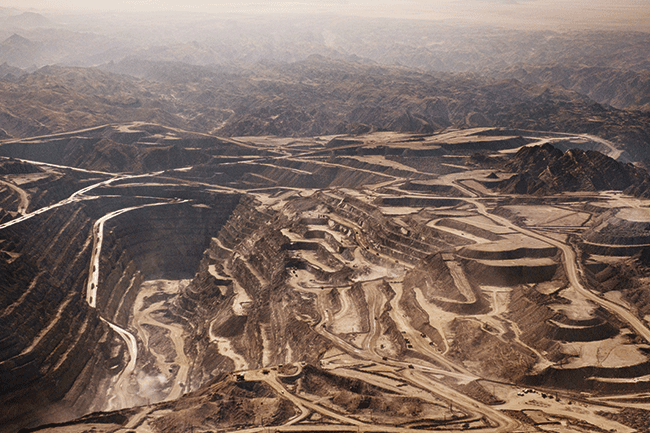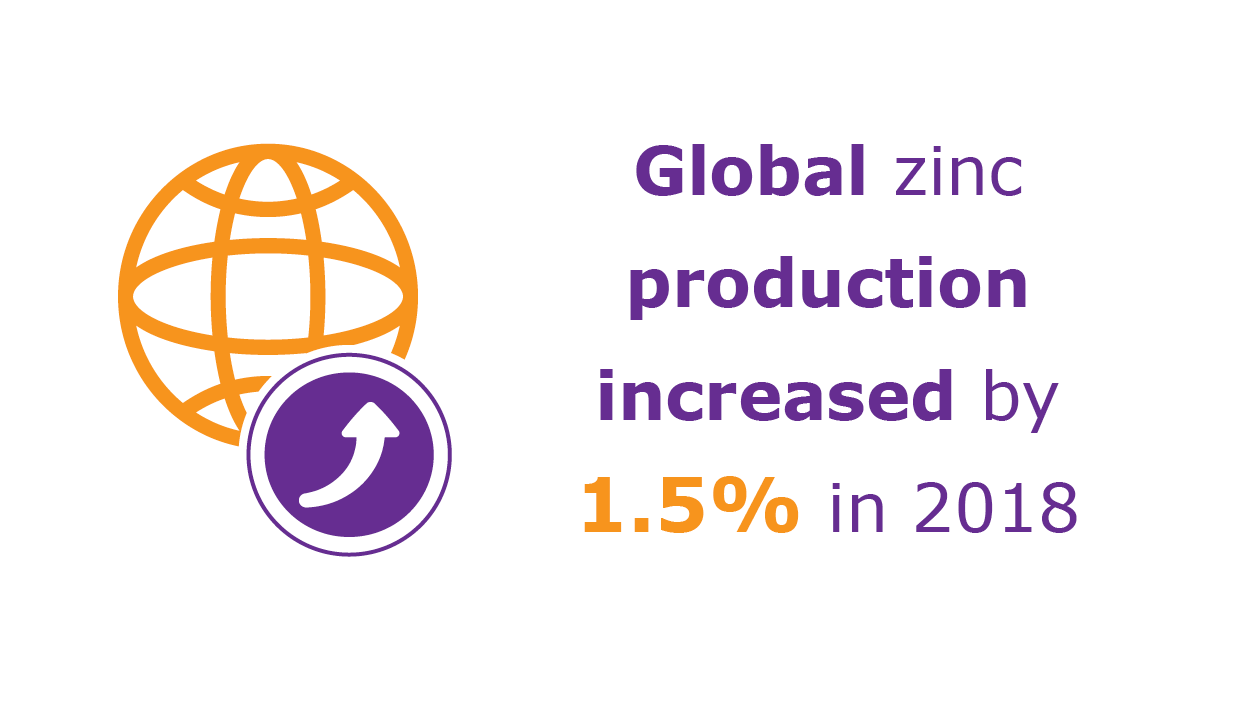Can one man change a country’s history? In Namibia’s case, yes. In 1908, railway worker Zacharias Lewala picked up a diamond near Luderitz on the southern coast and gave it to his supervisor August Stauch. That simple move sparked a diamond rush that would see 7 million carats mined in the six years before the outbreak of World War I. The deposits were initially so rich the stones could be picked up off the ground.
Men made and lost fortunes (and sometimes their lives) while others applied their minds to creating equipment that would revolutionise the industry – Plietz jigs and electric shovels among them.
After the war, the prospecting continued with various companies merged into the famed Consolidated Diamond Mines of South West Africa, later to be simply known as CDM. By then the diamondiferous beaches further south had been discovered, near the present- day town of Oranjemund. When stones in the sands ran out, inventive minds came up with solutions to expand the search to the ocean. Technical advances over the decades now allow for marine mining of deposits as deep as 140m under the Atlantic. Around 12 million carats have been hauled from the sea out of about 95 million carats of diamonds mined in Namibia in total.
Following Namibia’s independence in 1990, CDM became the company Namdeb, a joint venture between De Beers and the Namibian government. It controls seven mineral licences covering 16 000 km2 (the famed old Sperrgebiet, or ‘Forbidden area’). Smaller mining companies prospecting include Samincor and Diamond Fields Namibia.
The country is the world’s leading source of marine stones which fetch, according to Bloomberg, a price of US$450 to US$700 per carat, at least three times the price of diamonds from neighbouring Botswana, the global number one producer. Namibia is the world’s eighth biggest diamond producer and, according to the country’s central bank, mined 1.76 million carats of diamonds last year, up 6.6% on 2012.
While some onshore mining still takes place, the bank says future output will depend on offshore operations. Namdeb, for example, is developing technology that will enable them to mine deposits in deep gulleys. The company says that doing so will extend operations beyond 2050.
According to the Namibian Chamber of Mines, mining and quarrying contributed N$3.07 billion to GDP last year. ‘If copper smelting and zinc refining were also included, the value added by other mining and quarrying would have been significantly greater, as well as the overall contribution to GDP by the mining sector,’ it said in a report. ‘Chamber statistics show that Namibia’s mining industry generated a revenue of N$20.93 billion in 2013, a 13% increase from 2012, which totalled N$18.51 billion. Total revenue from non-diamond mining reached N$11.89 billion, which includes revenue from zinc refining and diamond mining earned N$9.04 billion.’
The report adds that by the end of 2013, 7 582 permanent employees, 909 temporary employees and 8 218 contractors had been directly employed by chamber members.
Apart from the diamonds Namibia produces uranium oxide, zinc, fluorspar, copper, lead and some gold. The Rössing mine, owned by Rio Tinto, in the Namib desert near the town of Arandis, is one of the largest and longest-running open pit uranium mines in the world. Measuring 3 km long, 1.5 km wide and 390m deep, it’s been in operation since 1976. In 2013, it produced 2 409 tons of uranium oxide – around 3.4% of the world’s total uranium output for nuclear power plants.
The uranium industry has been under pressure with falling prices and Japan’s nuclear plants being offline following the Fukushima incident. However in May this year, Werner Duvenhage, MD of Rössing Uranium, said that he was upbeat about future prospects. ‘The long-term outlook for the nuclear industry remains encouraging as a number of new mines are expected to enter production in the next couple of years. But the industry will need new mines to be developed in the next five years in order to meet the demand later this decade and in the post-2020 period,’ he said.
Technical advances over the decades now allow for marine mining of deposits as deep as 140m under the Atlantic
One such new mine is Australian company Paladin Energy’s Langer Heinrich mine, which came on-stream in 2013. It’s about 40 km south-east of Rössing, and is utilising a uranium deposit discovered by aerial survey in 1973.
As far as other minerals go, AngloGold Ashanti produces bullion at its Navachab mine near Karibib. Rosh Pinah Zinc Corporation (owned by Glencore) produces zinc and lead concentrates at Rosh Pinah in the south of the country, just over the border from South Africa. Weatherly Mining Namibia, a subsidiary of UK-based Weatherly International, operates two copper mines, Otjihase and Matchless, 18 km north-east and 30 km south-west respectively of the capital Windhoek.
Okorusu Fluorspar near Otjiwarongo, owned by Solvay, a Belgian chemicals, pharmaceuticals and plastics company, is one of the world’s biggest producers of fluorspar, a mineral used in many manufacturing applications.
There has been some restructuring in the Namibian mining sector this year (Glencore cut about 120 jobs at Rosh Pinah, while Rio Tinto shed over 260 workers at Rössing). However, the Namibian Chamber of Mines is confident that proposed new mines will spur the industry in the coming years. Its CEO Veston Malango told Bloomberg he believes new projects will create around 3 000 jobs.
B2Gold’s Otjikoto gold mine in the north is expected to start commercial production later this year with a ramp-up to full production in 2015, he said. The chamber said that once it’s in full production it will push the country into the top 10 list of African gold producers.
Weatherly’s Tschudi copper project, 13 km north of Tsumeb, will start producing high-grade copper cathode in 2015.
The biggest project is the Husab uranium mine near Rössing. It is owned by the China General Nuclear Power Company, Uranium Resources and the China-Africa Development Fund, with the Namibian state-owned company Epangelo having a 10% stake.
According to the owners, it will cost more than US$100 million to get the project to the construction phase with another US$2 billion ‘required to bring it to fruition’.
Husab will consist of two pits, making it twice the size of Rössing. It will be the world’s second biggest producer of uranium oxide, with 280 million tons of uranium reserves. It has a potential lifespan of about 20 years.






